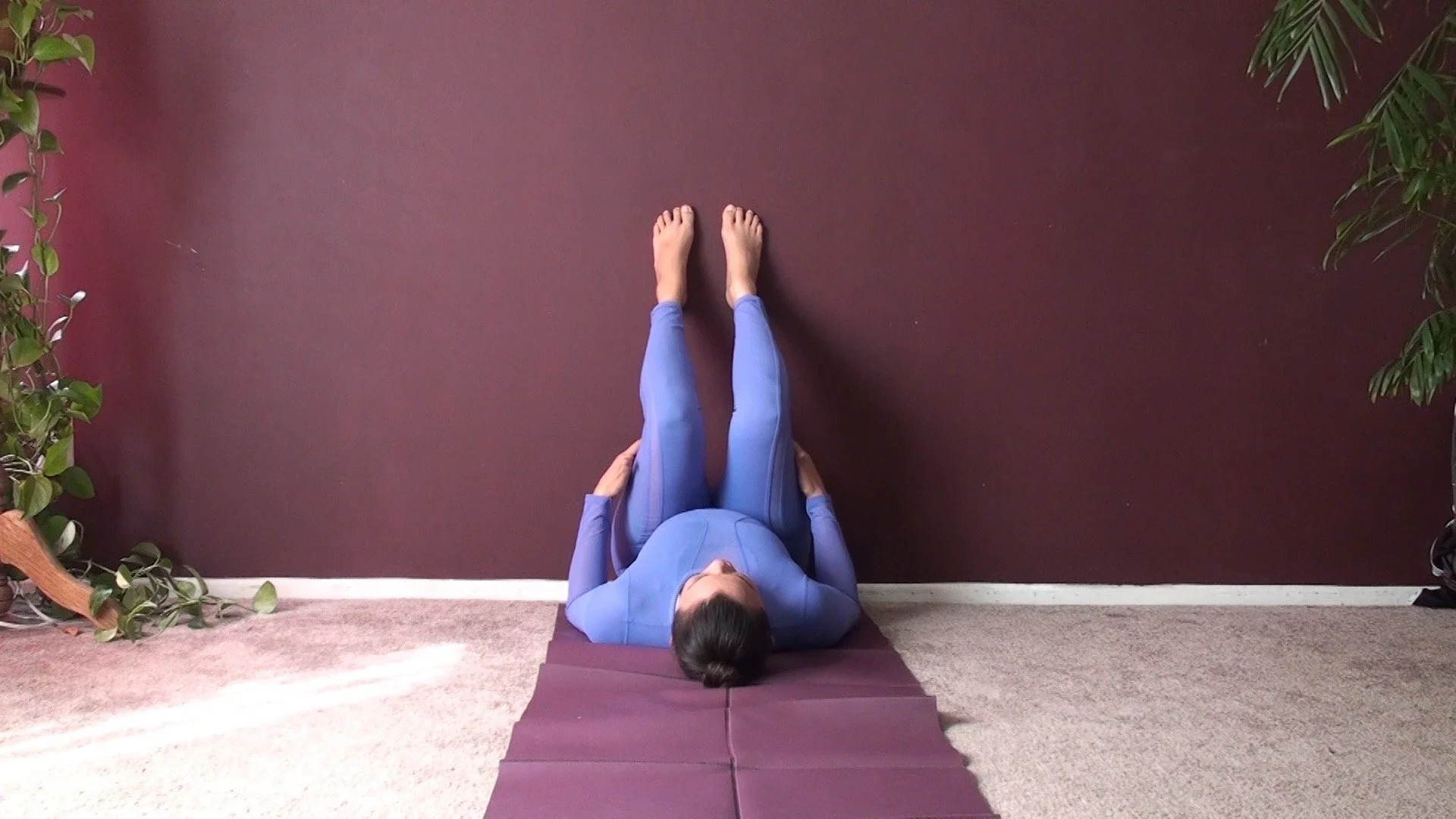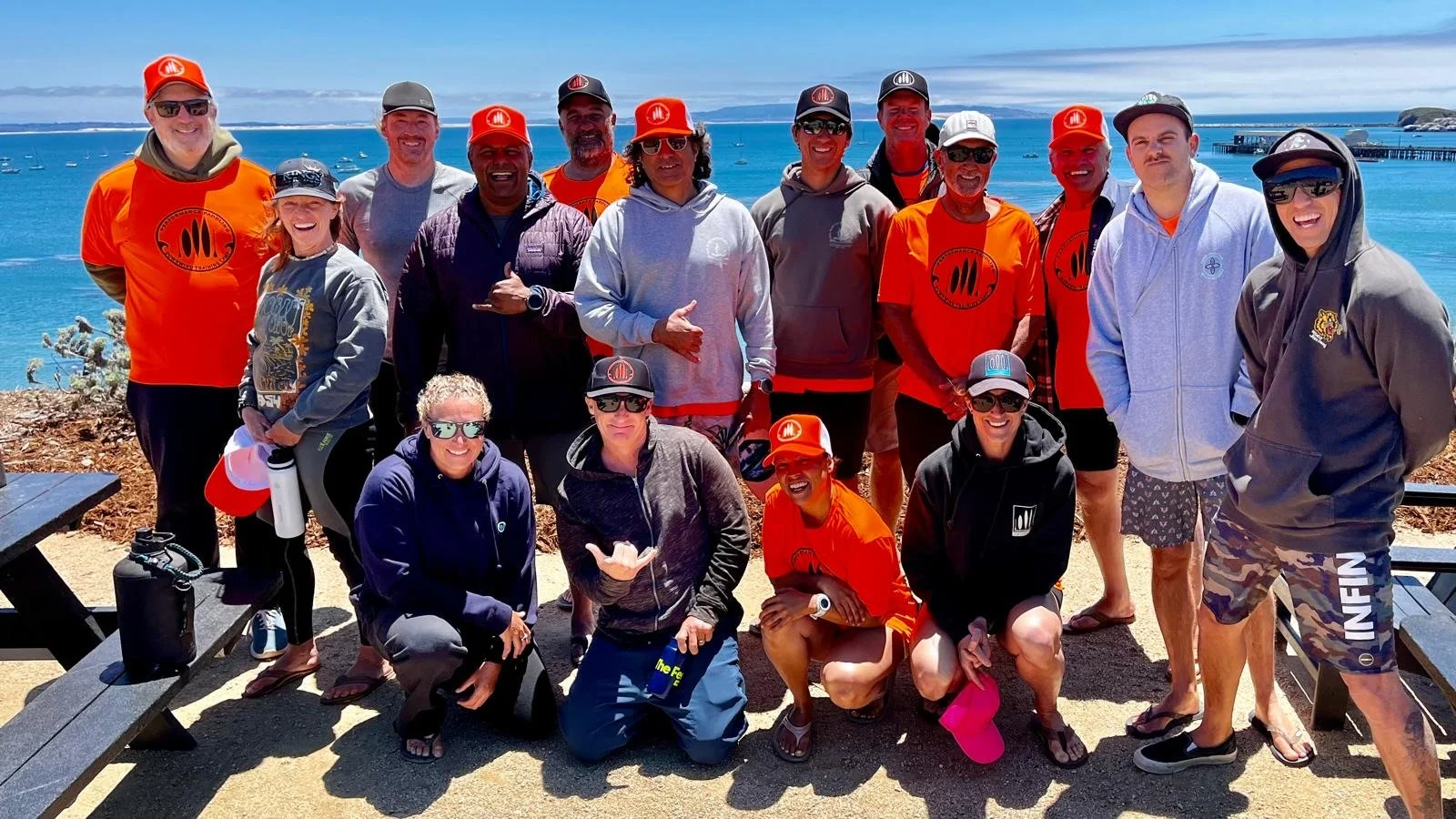My story with ELDOA: What is it, and why is it good for you?
My first experience with ELDOA
The first time I experienced ELDOA, I had a very unexpected reaction. I was introduced to this method through a friend while attending a Pilates workshop. Although I found the class challenging and loved a good challenge, I was deep in my Pilates studies and wasn’t looking to start a new discipline. Fast forward a few years later, my co-workers, who were now training in ELDOA, were having incredible results with their clients in just a few lessons. My interest piqued. A level 1 training was being offered in the Pilates studio where I worked, so I signed up. On day 1 of the 3-day workshop, we started with a group workout. While other students and teachers were sweating, and a few were shaking, I found ELDOA hard but not impossible. I knew this method was created for back pain, which I don’t have, so what was I missing? Little did I know I was beginning to understand the deep complexities of this work. So, here’s what I didn’t expect: I came home, made dinner, prepped for the next day, and had THE BEST NIGHT OF SLEEP! I didn’t wake up once.
I woke up so refreshed. I had time and energy to run some errands, get to the studio early, work out, help set up, AND attend the 6-hour workshop. I couldn’t believe how great I felt. It carried on for a good week, and I feel incredible when I am disciplined in my daily ELDOA. I have always been hyperactive, but this was a more settled and focused kind of energy. I found myself easily waking up earlier than I usually would. If you have ever meditated regularly, I would compare it to that same sensation— a restful stimulation but through movement and awareness.
What happened? How did ELDOA make me sleep better and have more energy?
Did ELDOA help?
“When Guy VOYER, DO, first started using ELDOA with his patients for back pain, he was also surprised when other physical ailments improved. Dr. VOYER had forgotten the relationship with all the nerves and the visceral organs via the spinal cord.“
For me personally, I do not have scoliosis, a herniated disk, or bulging disk. I am grateful for my 15 years of Pilates, which has helped prevent any major injuries. As well as rebalancing the wear and tear of being a professional dancer. Honestly, if ELDOA hadn’t been introduced to me through colleagues, I most likely would never have sought it out. So, while other clients with back injuries, past or current, felt the work in the spinal function unit, I received the visceral effects of realigning and stimulating my visceral organs via the nervous system.
Whew, that’s a lot, so let's break it down.
What are the visceral organs?
Viscera refers to the soft interior organs of the body, such as the heart and lungs, and those in the abdomen, such as the liver, pancreas, and intestines.
What controls the visceral organs?
The autonomic nervous system controls the involuntary functions of internal organs/visceral organs such as heart rate, digestion, breathing, urination, etc. The sympathetic and parasympathetic nervous system is the subdivision of the autonomic nervous system.
Your autonomic nervous system includes a network of nerves that extend throughout your head and body. Some of those nerves extend directly out from your brain, while others extend from your spinal cord, which relays signals from your brain into those nerves.
How does the spine affect the visceral organs?
The spinal cord carries nerve signals from the brain to the body and back. The spine protects the spinal cord. Any damage to the spine or spinal cord can compromise your movement or functions, including your internal organs. Even overworked muscles or repetitive movements can cause issues with your visceral organs.
A perfect example is the Text Neck syndrome. Due to the overuse of phones and other mobile devices, people are creating a forward neck posture. This can put pressure anywhere from the T6 vertebrae to C1. That can compromise your stomach, liver, and commonly the phrenic nerve, resulting in snoring.
Inadvertently, if your neck is out of alignment, then in time, it will affect the pelvis and overall posture. Sciatica anyone?
How does ELDOA help the visceral organs?
While ELDOA was created for back pain, the nervous system can function more accurately when the spine is aligned properly. Creating more space in the vertebrae and releasing the nerves connected to the visceral organs gives more space for your visceral organs and stimulates them to work properly. Anyone who has scoliosis can attest to the discomfort of organs being displaced. Increased space for the lungs results in more endurance, better sleep, and less snoring; more space for the stomach and intestines results in better digestion, less reflux, and a cleaner gut; more space in the pelvis results in pain-free sex, less menstrual pain for women, and can help with incontinence. (Not proven, but I believe if there is more circulation and blood flow in the pelvis, then sex can only get better!)
Reducing STRESS using ELDOA
Stress is the culprit of so many ailments nowadays. The parasympathetic nervous system is responsible for the body's rest and digestion response when the body is relaxed, resting, or feeding. It basically undoes the work of sympathetic division after a stressful situation. The parasympathetic nervous system decreases respiration and heart rate and increases digestion. When our bodies are under constant stress, which in this case gravity is included, it can be harder for the parasympathetic nervous system to react. It can become fatigued and overworked, causing more ailments than just back pain.
When you practice ELDOA every day, you are giving your nervous system time to rest and reset, specifically with the RESTING ELDOA. This ELDOA posture gives you the benefits of inversion and relaxation with no focus other than just breathing. When we lay on our backs, the visceral organs do not have to fight gravity vs. when we are sitting up or standing. Imagine the stress on our organs when we walk, run, or jump.
Resting ELDOA allows the neck, spine, and pelvis time to reset after a full day of activity and phone usage, especially for those on a computer daily. This results in better sleep, easier breathing, releasing the hips and hamstrings, avoiding sciatic and back pain, and creating overall spinal health.
Other ELDOA postures are just as effective, for example, the T8/T9. These vertebrae are connected to the stomach, pancreas, and abdomen. It's also where rotation begins in the spine. It can easily be compromised and compressed by heavy coughing, sneezing, or even a hard fall. Doing this ELDOA posture can be very helpful for anyone suffering from acid reflux or other stomach ailments. It's also connected to our fight-or-flight reaction. I practice this posture to help with my mental preparation for racing. When holding the T8/T9 posture you are creating space and decoapting the vertebrae. This releases the stress that gravity, bad posture, and daily activities can create in the spine, affecting the corresponding visceral organ. The tension you create at the vertebrae will result in better proprioception in that area of the spine for better reaction and recovery and less chance of an injury. This is the result of all ELDOA postures.
I have been fortunate to be born with a healthy, straight spine. Throughout my dance career, I never suffered any major injuries, although I did have many sprained ankles and days of back pain that I ignored. I danced with a knee brace hidden under my costume for weeks in my 20s; I'm pretty sure I dislocated a rib after a fall during a lift and definitely had a concussion while snowboarding that I never reported. Knowing what I know now about the pelvis, spine, and fascia, I'm shocked I don’t have more visceral ailments.
Now, I am paddleboarding and SUP surfing almost daily. I need this discipline more now than ever before. I favor my right side when surfing. My work is more on the computer than ever before. I am 45 and perimenopausal. My eyesight is changing, and my sleep pattern has drastically changed. As humans age, we know hormone levels change, and fascia tissue dehydrates. ELDOA is known to hydrate the fascia tissue and can pump cerebral fluid through the dura mater, slowing down the effects of aging. Unbeknownst to me, I have had an advantage in the game of life. Now, I want to stay ahead.
I greatly appreciate this incredible method Guy VOYER, DO, has created and shared. I am inspired to study and learn more about the visceral effects this work has on the body through my own personal work and by teaching and sharing this knowledge.
I’d love to hear about your own experiences with ELDOA. Do you have more questions? Are you ready to start your ELDOA practice?



